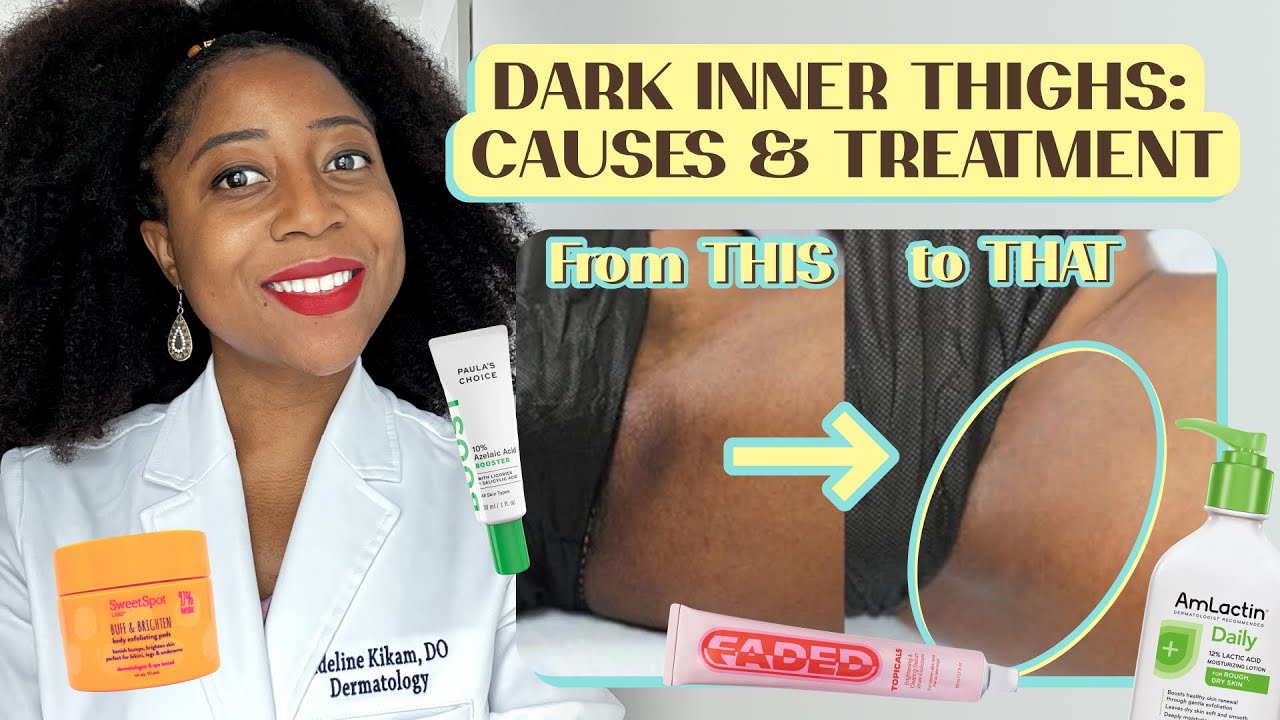Braces Before: Fix Teeth Alignment Issues
Misaligned teeth can significantly impact an individual’s self-confidence and overall oral health. Teeth alignment issues can lead to difficulties in chewing, increased risk of tooth decay, and even contribute to conditions such as temporomandibular joint (TMJ) disorder. Fortunately, advancements in orthodontic technology have made it possible to correct these issues effectively, with braces being one of the most common and effective treatments.
The process of getting braces typically begins with an initial consultation with an orthodontist. During this visit, the orthodontist will assess the severity of the teeth alignment issue and discuss the various treatment options available. This may include traditional metal braces, ceramic braces, or clear aligners such as Invisalign. Each type of brace has its own unique benefits and drawbacks, which the orthodontist will explain in detail to help the patient make an informed decision.
Understanding the Different Types of Braces
Traditional Metal Braces: These are the most common type of braces and are made from high-quality stainless steel. They consist of brackets that are attached to the teeth and an archwire that applies pressure to move the teeth into the desired position. Traditional metal braces are effective for treating a wide range of teeth alignment issues, from mild to severe.
Ceramic Braces: These braces are similar to traditional metal braces but are made from a clear ceramic material, making them less noticeable. They are particularly popular among adults who wish to correct their teeth alignment without the visible appearance of metal braces. However, ceramic braces can be more expensive than traditional metal braces and may be more prone to staining.
Clear Aligners (Invisalign): Clear aligners are a modern alternative to traditional braces. They consist of a series of custom-made, clear trays that are worn over the teeth to gradually move them into the correct position. Clear aligners are almost invisible, making them a popular choice for those who are conscious about the appearance of braces. They are also removable, which can make eating and cleaning easier compared to traditional braces.
How Braces Work
The principle behind how braces work is based on applying consistent and controlled forces to move the teeth into the desired position. This is achieved through the interaction of the brackets, archwires, and elastic bands. The orthodontist will adjust the braces at regular intervals (usually every 4-6 weeks) to ensure the teeth are moving as planned. The duration of the treatment can vary greatly depending on the severity of the teeth alignment issue, but on average, it can last from 12 to 36 months.
Preparing for Braces
Before getting braces, it’s essential to prepare both physically and mentally. Physically, this may involve addressing any existing dental issues such as cavities or gum disease to ensure the mouth is healthy enough for orthodontic treatment. Mentally, understanding the commitment required for successful treatment is crucial. This includes regular orthodontist visits, potential dietary changes to avoid damaging the braces, and maintaining good oral hygiene to prevent issues like tooth decay or discoloration.
Maintaining Good Oral Hygiene with Braces
Maintaining good oral hygiene is critical when wearing braces. Food particles and plaque can easily get trapped in the braces, leading to oral health issues. It’s recommended to brush teeth at least three times a day, making sure to get around all the brackets and wires. Interdental brushes can be particularly useful for cleaning between the braces and the teeth. Regular flossing is also essential, and there are special floss threaders that can help navigate around the wires.
Common Misconceptions About Braces
There are several common misconceptions about braces that can deter people from seeking treatment. One of the most prevalent is the belief that braces are only for children and teenagers. While it’s true that orthodontic treatment is common among younger individuals, braces can be highly effective for adults as well. Another misconception is that braces are too expensive. While the cost can be significant, many orthodontists offer financing options, and the long-term benefits of corrected teeth alignment can far outweigh the costs.
Conclusion
Correcting teeth alignment issues with braces can have a profound impact on an individual’s oral health and self-confidence. With the various types of braces available, there’s an option to suit every need and preference. By understanding how braces work, preparing for treatment, and maintaining good oral hygiene, individuals can ensure a successful and rewarding orthodontic experience. Whether you’re addressing a mild issue or a more complex alignment problem, consulting with an orthodontist can provide the necessary guidance and support to achieve the smile you’ve always wanted.
What is the average cost of getting braces?
+The average cost of getting braces can vary widely depending on the type of braces, the severity of the alignment issue, and the location. On average, traditional metal braces can cost between $3,000 to $7,000, while ceramic braces or clear aligners can range from $4,000 to $10,000 or more.
At what age can someone get braces?
+There is no specific age limit for getting braces. While many children and teenagers undergo orthodontic treatment, it is becoming increasingly common for adults to seek treatment as well. The decision to get braces depends on the individual's oral health and their personal desire to improve their teeth alignment and overall smile.
How long does it take to see results from braces?
+The time it takes to see noticeable results from braces can vary depending on the individual's specific orthodontic issues. Some people may start to see improvements within a few months, while for others, it may take longer. Generally, significant improvements can be seen within 6 to 12 months, but the full treatment duration can range from 1 to 3 years.
In conclusion, braces offer a highly effective solution for addressing teeth alignment issues, providing individuals with the opportunity to achieve a healthier, more confident smile. By understanding the different types of braces available, the process of how they work, and what to expect during treatment, individuals can make informed decisions about their orthodontic care. Remember, the journey to a perfect smile is a personal one, and with the right approach, anyone can achieve the smile they deserve.

